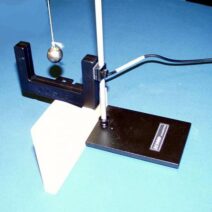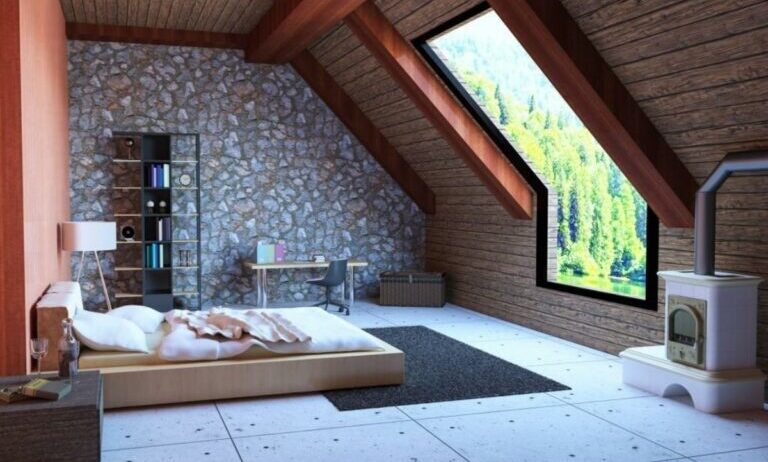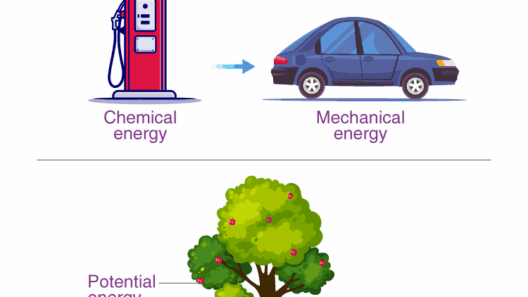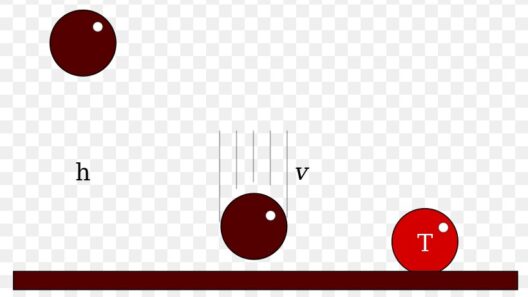Energy conservation is a critical concern in today’s world as we seek to mitigate the impacts of climate change and promote sustainability. One of the most debated topics among homeowners and architects alike is the role of windows and attics in energy saving. While both elements serve essential purposes in a structure, the question arises: are windows or attics more critical when it comes to conserving energy at home? Understanding the function of each component can illuminate the intricate relationship between them and their significance in energy efficiency.
To begin with, windows are often perceived as the “eyes” of a home, providing natural light, views, and ventilation. However, they are also a significant factor in energy consumption, impacting heating, cooling, and overall energy efficiency. Quality windows—especially those designed for thermal performance—can drastically reduce energy loss. Poorly insulated or single-pane windows can lead to substantial drafts, forcing heating systems to work harder. In contrast, modern double or triple-glazed windows with low-emissivity (Low-E) coatings can effectively reflect radiant heat, thereby maintaining comfortable indoor temperatures while reducing the need for excessive air conditioning or heating.
Additionally, the placement and orientation of windows play a vital role in energy efficiency. Strategically positioned windows can harness sunlight to warm a home during colder months while minimizing heat gain in the summer. South-facing windows in temperate climates can capitalize on solar heat, reducing reliance on artificial heating sources. Conversely, excessive sun exposure can cause overheating, making efficient window coverings crucial. Utilizing exterior shade devices or interior blinds can further enhance energy conservation by controlling sunlight entry and optimizing thermal comfort.
On the other hand, attics are often overlooked when discussing energy conservation. However, they possess significant potential for energy savings and efficiency improvements. Primarily, attics serve as a buffer zone, influencing a home’s thermal dynamics. An inadequately insulated attic can lead to substantial energy waste, as heat rises and escapes through the roof in winter, leaving homes chilled, while in summer, the attic can heat up dramatically, forcing air conditioning systems to operate continuously.
Insulation within the attic plays a pivotal role in energy efficiency. Various materials are available to improve insulation, including fiberglass batts, spray foam, and cellulose. Each type carries unique characteristics and R-values, which quantify the material’s thermal resistance. Attaining optimal insulation in the attic can remarkably reduce heat transfer, thus ensuring that heating and cooling systems can function more efficiently. In addition, sealing any gaps or leaks will further bolster insulation effectiveness, safeguarding against unconditioned air infiltration.
Another key consideration is attic ventilation. An adequately ventilated attic prevents moisture buildup, which can lead to mold and structural damage, while also helping maintain appropriate temperatures. Continuous ventilation allows hot air to escape during the summer months, reducing the overall temperature within the home and decreasing the burden on air conditioning systems. This dual function of protecting structural integrity while enhancing energy efficiency underscores the importance of attics in the overall energy-saving equation.
The significance of both windows and attics cannot be understated. While windows control the flow of natural light and outdoor air, they can also create vulnerabilities that compromise energy efficiency. Conversely, attics function as pivotal thermal buffers, and their insulation and ventilation are crucial for maintaining energy economy. Homeowners must evaluate both elements in a holistic manner to derive the greatest energy savings.
It is paramount to consider the synergy between windows and attics. When high-performance windows are installed in conjunction with a well-insulated and ventilated attic, energy conservation is maximized. This holistic approach encourages homeowners to think beyond isolated improvements in either area, prompting comprehensive energy audits and long-term planning. Consulting with professionals who specialize in energy efficiency can provide insights tailored to specific home conditions, leading to informed decisions that yield significant energy savings.
Moreover, potential government incentives for energy-efficient upgrades make this an opportune moment for homeowners to invest in window and attic improvements. Energy tax credits or rebates for modern windows and insulation can alleviate the financial burden, making it feasible to enhance energy efficiency. Additionally, adopting best practices in window treatment—such as installing thermal curtains or window films—can further decrease energy consumption without substantial renovation costs.
Lastly, the aesthetic characteristics of windows and attics should not be disregarded. They are significant components of home design, influencing visual appeal and overall market value. Homeowners can benefit from harmonizing energy efficiency with design preferences. This pragmatic approach attracts energy-conscious buyers in a market where sustainability is increasingly valued.
In conclusion, both windows and attics play indispensable roles in energy savings at home. The unparalleled interaction between these two elements highlights the complexity of energy efficiency, urging homeowners to adopt an integrative perspective. By enhancing insulation, optimizing window performances, and addressing ventilation, significant energy savings can be achieved. Ultimately, investing in both windows and attics equates to a more sustainable, cost-effective, and comfortable living environment. Careful analysis and a commitment to energy conservation will ensure that any residential energy-saving strategy encompasses both critical components, offering substantial benefits for homeowners and the planet alike.







